Scientists are using carbon filaments from mushrooms in supercapacitors, paving the way for a sustainable energy future.
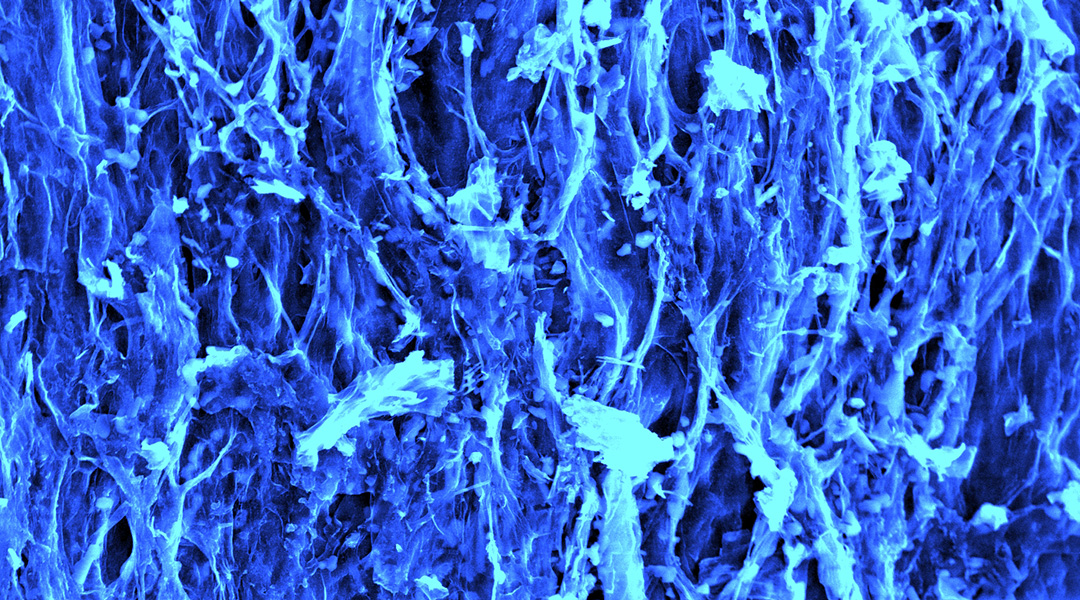

Scientists are using carbon filaments from mushrooms in supercapacitors, paving the way for a sustainable energy future.
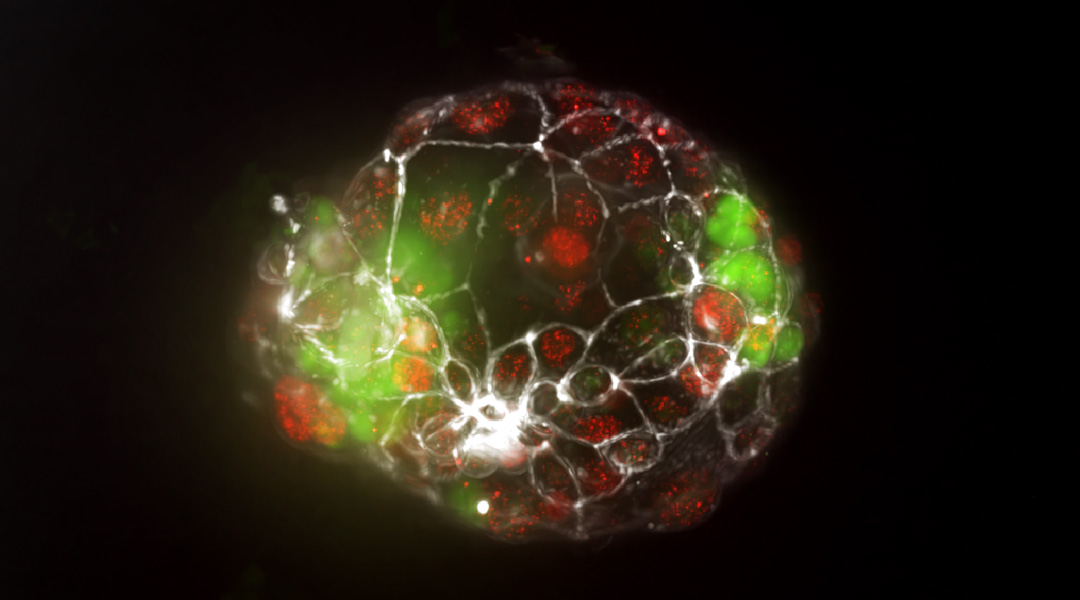
A new organ-on-a-chip model allows researchers to study the splitting of the embryo during pregnancy for the first time.

Abandoning traditional practices led to intense dry season fires, drastically altering biodiversity and increasing greenhouse gas emissions.
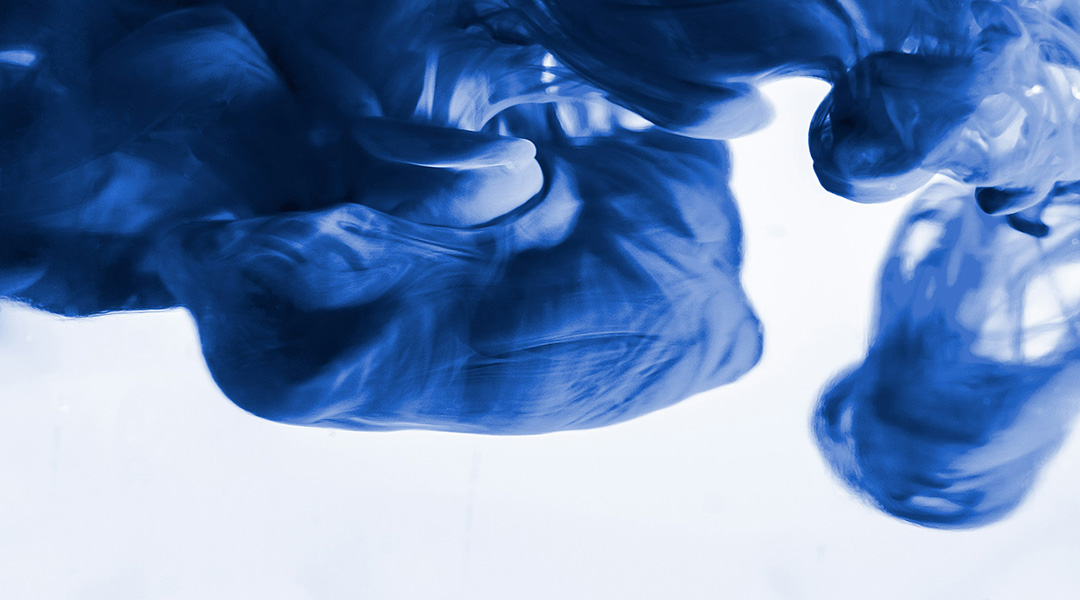
Gold nanoparticle clusters boosted the efficiency of titanium dioxide in degrading a toxic dye called methyl orange.

Researchers develop “relative attention entropy” to optimize data transmission, aiding AI learning and communication systems.
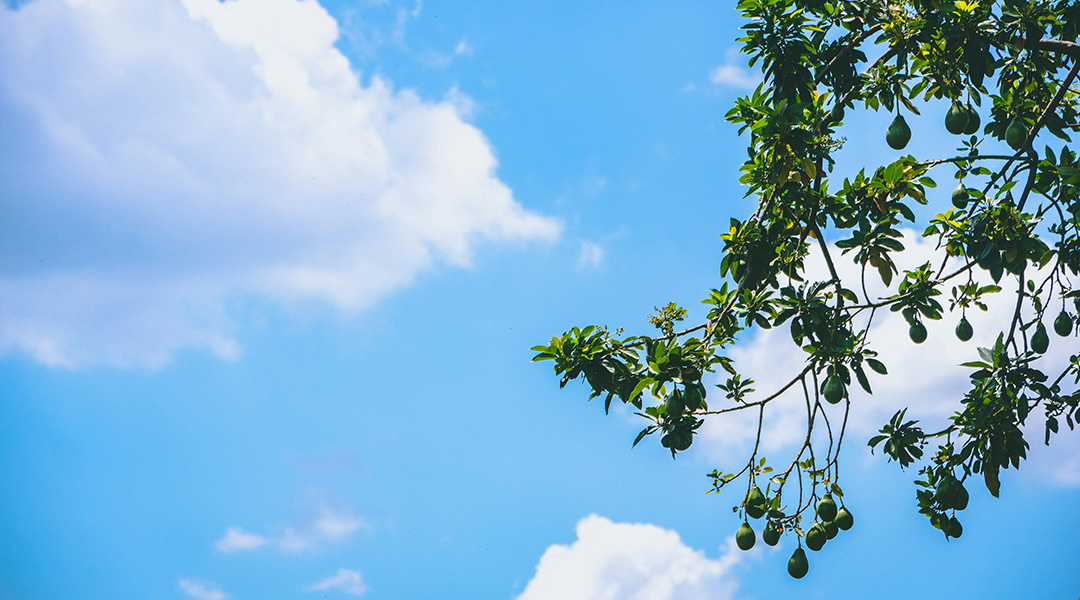
A material derived from avocado pruning waste and bio-polyethylene combines high strength with biodegradability.

A new study finds that amyloid beta, a culprit in Alzheimer’s disease, is important for maintaining a healthy liver.
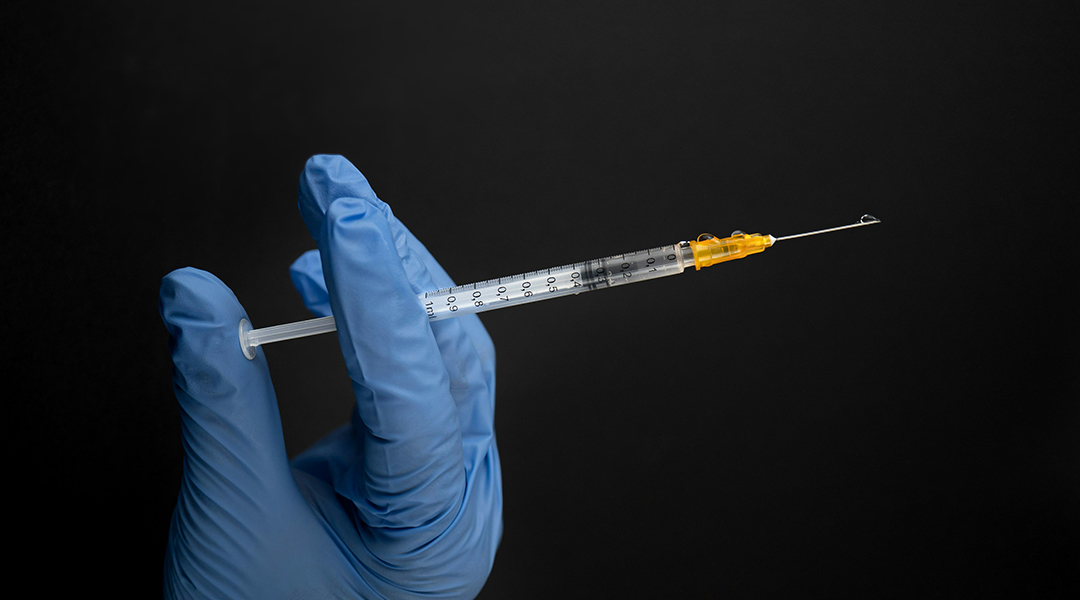
Hydrogel-based microspheres better control the release of drugs, providing better post-op pain relief and fewer side effects.
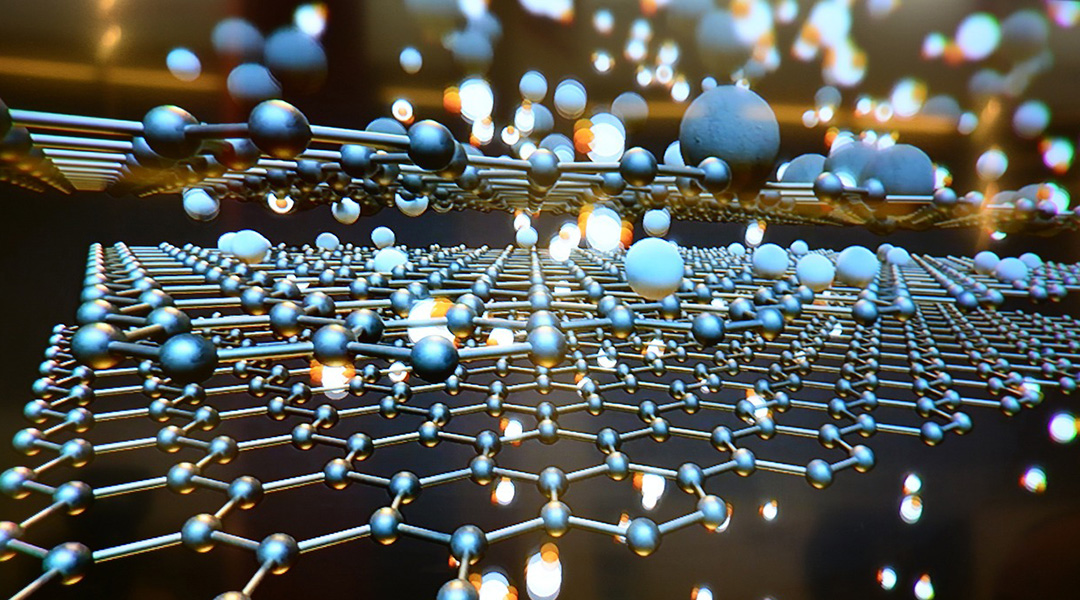
A new hybrid graphene incorporates new elements to help make the material magnetic for applications in electronics and computer science.
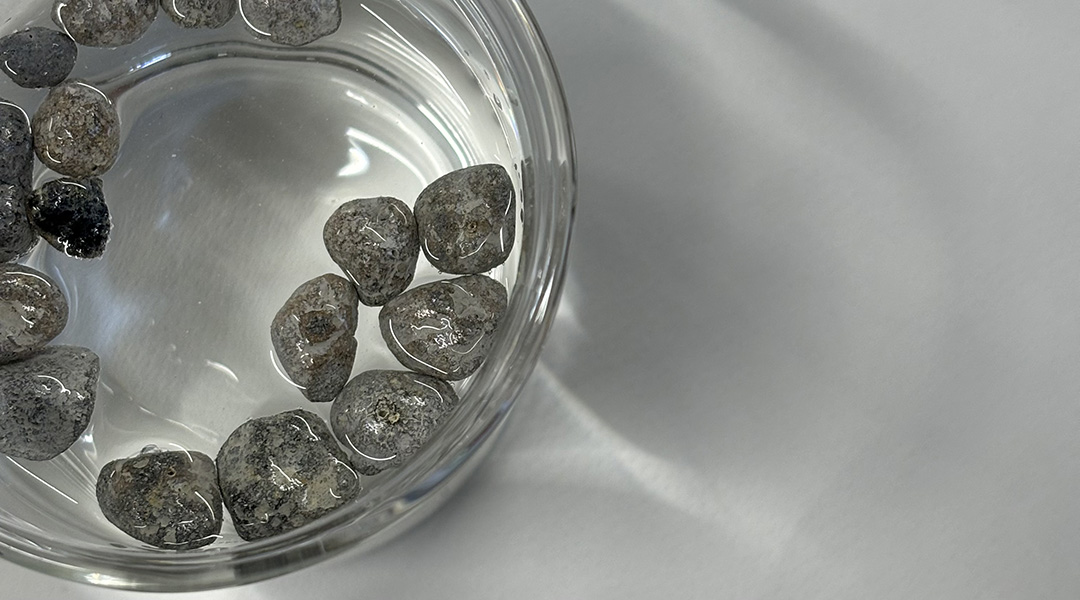
Sunlight-activated floating photocatalysts offer accessible water purification, vital for remote regions and developing communities.